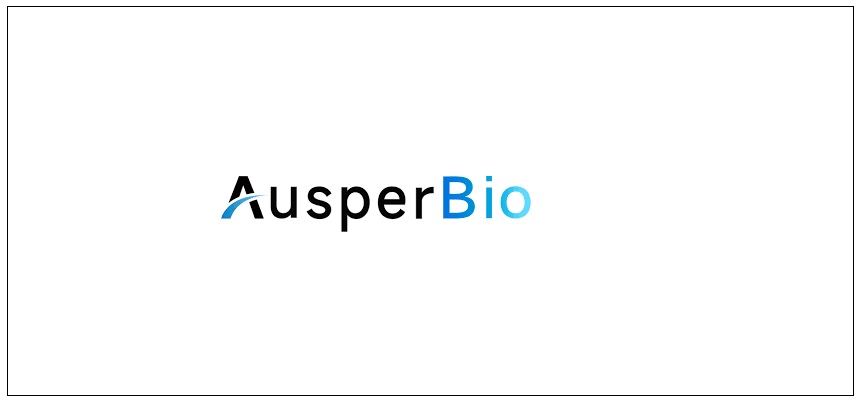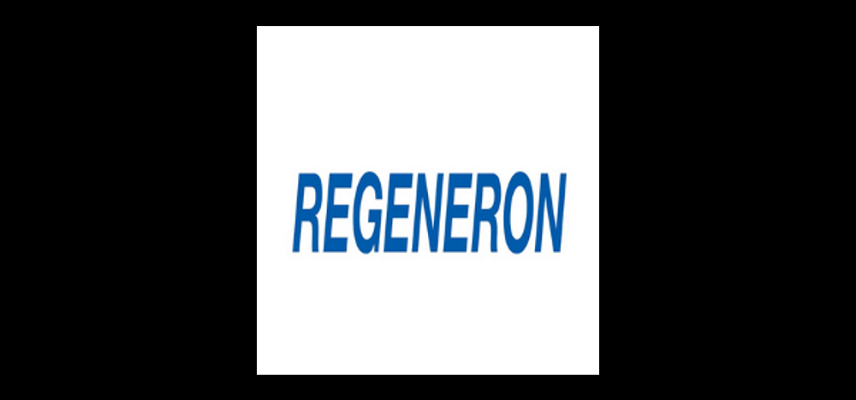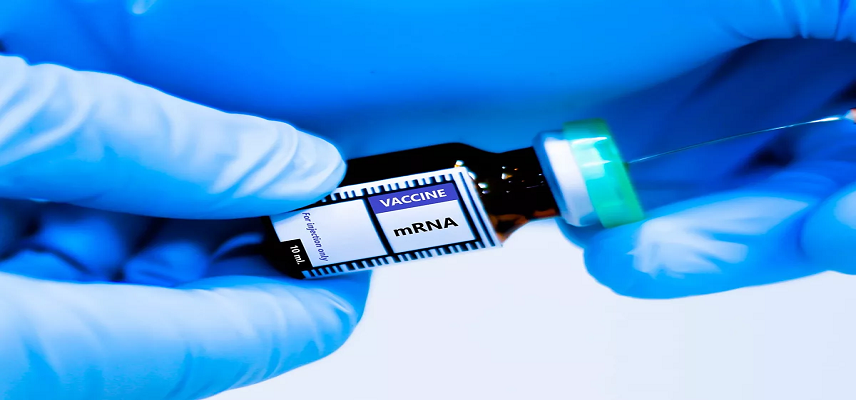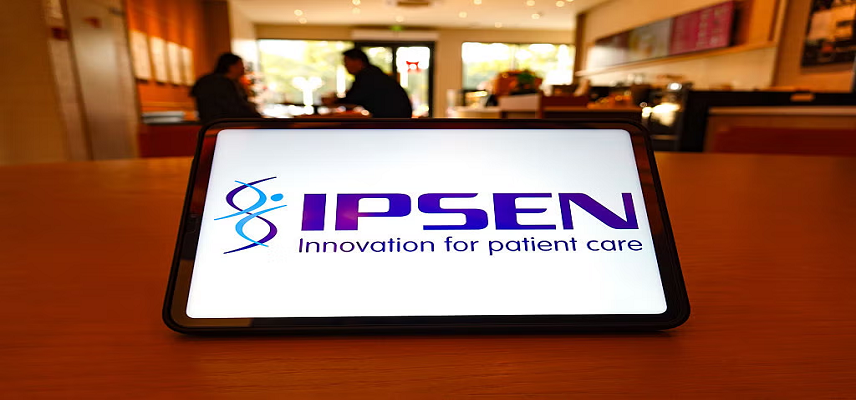Dupixent phase 3 results show sustained efficacy for up to one year in children 1 to 11 years of age with eosinophilic esophagitis
Positive results from a phase 3 trial demonstrated the efficacy and safety profile of Dupixent (dupilumab) for up to one year (52 weeks) in children aged 1 to 11 years with eosinophilic esophagitis (EoE) was consistent. These results represent the first analysis of longer-term data in this age group and will be featured in a late-breaking session on October 25 at the American College of Gastroenterology (ACG) 2023 Annual Scientific Meeting.
Mirna Chehade, M.D., MPH, Mount Sinai Center for Eosinophilic Disorders, Icahn School of Medicine, Mount Sinai, said: “Eosinophilic esophagitis, or EoE, is a chronic and debilitating condition that can impact children in their most vulnerable years of life, causing persistent difficulties with eating, abdominal pain, and/or failure to thrive. Dupilumab is the first and only therapeutic approved for adults and adolescents 12 years and older who weigh at least 40 kg with EoE. Some children with EoE may have sub-optimal response to currently unapproved standard of care therapies, underscoring the need for treatments targeting key pathways driving inflammation in EoE. Data from this phase 3 trial support the potential of dupilumab to treat EoE in children, with sustained efficacy and safety, which is particularly critical for these children.”
The late-breaking data to be presented at ACG feature results from children enrolled in the extended active treatment period (Part B) of a phase 3 trial, following 16 weeks of Dupixent treatment or placebo in Part A of the trial. All children in Part B were treated with higher or lower dose Dupixent for an additional 36 weeks, providing up to 52 weeks of data.
In Part B, there were 37 patients who continued on higher dose Dupixent and 18 who switched from placebo to higher dose Dupixent. At one year, outcomes of secondary endpoints (as evaluated with descriptive statistics based on all observed data) among children who continued on higher dose Dupixent and for those switching from placebo to higher dose Dupixent was, respectively, as follows:
63% and 53% achieved histological disease remission; 0.97 and 0.89 reduction from baseline in disease severity and 0.89 and 0.86 reduction from baseline in extent, respectively, as measured at the microscopic level in biopsy specimens; 4.8 and 3.6-point reduction in abnormal endoscopic findings from baseline; 0.30 and 0.47-point numerical improvement in caregiver reported pediatric signs and symptoms, as measured by PESQ-C; 5.96 and 5.48 percentile increase in body weight for age percentile from baseline
Safety results in Part B of the trial were generally consistent with Part A and the known safety profile of Dupixent in its FDA-approved EoE indication for adult and adolescent patients aged 12 years and older who weigh at least 40 kg. AEs reported in =20% of patients who remained on higher dose Dupixent in Part B and those who switched from placebo to higher dose Dupixent in Part B, respectively, included: Covid-19 (n=11/37, n=5/18; all cases were mild or moderate and did not lead to study treatment discontinuation), injection site reaction (n=5/37, n=5/18), cough (n=3/37, n=4/18) and headache (n=3/37, n=4/18).
In September, the US Food and Drug Administration accepted for Priority Review the supplemental Biologics License Application for higher dose Dupixent to treat children aged 1 to 11 years with EoE, with a target action date of January 31, 2024. This potential use of Dupixent in children with EoE aged 1 to 11 years is currently under clinical development, and its safety and efficacy have not been fully evaluated by any regulatory authority in this setting.
Eosinophilic Esophagitis (EoE) is a chronic, progressive disease driven in part by type 2 inflammation that damages the esophagus and prevents it from working properly. In children, common symptoms of EoE include heartburn, vomiting, abdominal discomfort, trouble swallowing, food refusal and failure to thrive. These symptoms can impact growth and development and can cause food-related fear and anxiety, which can persist through adulthood. Dietary adjustments, which oftentimes include the elimination of food groups, are the standard treatment for EoE, as well as the use of treatments not approved for the disease, such as proton pump inhibitors and swallowed topical corticosteroids. Continuous treatment of EoE may be needed to reduce the risk of complications and disease recurrence.
The phase 3, randomized, double-blind, placebo-controlled trial evaluated the efficacy and safety of Dupixent in children aged 1 to 11 years with EoE, as determined by histological, endoscopic and patient- or caregiver-reported measures. At baseline, 98% of these patients had at least one co-existing type 2 inflammatory disease such as food allergy, allergic rhinitis, asthma and atopic dermatitis.
Part A, a 16-week, double-blind treatment period, enrolled 102 patients and evaluated Dupixent subcutaneously at either a higher dose or lower dose regimen based on weight (ranging from =5 kg to <60 kg). The dosing frequency ranged between every two weeks and every four weeks, based on weight. The primary endpoint was histological disease remission, which was defined as peak esophageal intraepithelial eosinophil count of =6 eosinophils (eos)/high power field (hpf).
Part B was a 36-week extended active treatment period in which eligible children from Part A in the Dupixent group maintained their dose level; those in the placebo group were randomized to either a higher or lower dose. In Part B, secondary endpoints included:
Histological disease remission (peak esophageal intraepithelial eosinophil count of =6 eosinophils [eos]/high power field [hpf]); Histopathologic measures of the severity and extent of tissue scarring in the esophagus (EoE-HSS grade and stage scores, which measure changes in eight cellular and tissue features on 0-3 scales, respectively); Abnormal endoscopic findings (EoE Endoscopic Reference Score [EoE-EREFS] on a 0-18 scale); Changes in caregiver-reported symptoms (proportion of days with 1 or more EoE signs [e.g., stomach pain, vomiting, food refusal] by the Pediatric EoE Sign/Symptom Questionnaire-caregiver version [PESQ-C]); Change from baseline in body weight for age percentile.
The trial is ongoing with a 108-week open-label extension period (Part C) to evaluate longer-term outcomes.
Dupixent is a fully human monoclonal antibody that inhibits the signalling of the IL-4 and IL-13 pathways and is not an immunosuppressant. The Dupixent development programme has shown significant clinical benefit and a decrease in type 2 inflammation in phase 3 trials, establishing that IL-4 and IL-13 are key and central drivers of the type 2 inflammation that plays a major role in multiple related and often co-morbid diseases. These diseases include approved indications for Dupixent, such as atopic dermatitis, asthma, chronic rhinosinusitis with nasal polyposis (CRSwNP), prurigo nodularis and EoE.
Dupixent has received regulatory approvals in one or more countries around the world for use in certain patients with atopic dermatitis, asthma, CRSwNP, EoE or prurigo nodularis in different age populations. Dupixent is currently approved for one or more of these indications in more than 60 countries, including in Europe, the US and Japan. More than 750,000 patients are being treated with Dupixent globally.
Dupilumab is being jointly developed by Sanofi and Regeneron under a global collaboration agreement. To date, dupilumab has been studied across more than 60 clinical trials involving more than 10,000 patients with various chronic diseases driven in part by type 2 inflammation.
In addition to the currently approved indications, Regeneron and Sanofi are studying dupilumab in a broad range of diseases driven by type 2 inflammation or other allergic processes in phase 3 trials, including paediatric EoE, chronic pruritus of unknown origin, chronic obstructive pulmonary disease with evidence of type 2 inflammation and bullous pemphigoid. These potential uses of dupilumab are currently under clinical investigation, and the safety and efficacy in these conditions have not been fully evaluated by any regulatory authority.
Regeneron is a leading biotechnology company that invents, develops, and commercializes life- transforming medicines for people with serious diseases.
Sanofi is an innovative global healthcare company, driven by one purpose: it chase the miracles of science to improve people’s lives. Our team, across some 100 countries, is dedicated to transforming the practice of medicine by working to turn the impossible into the possible.
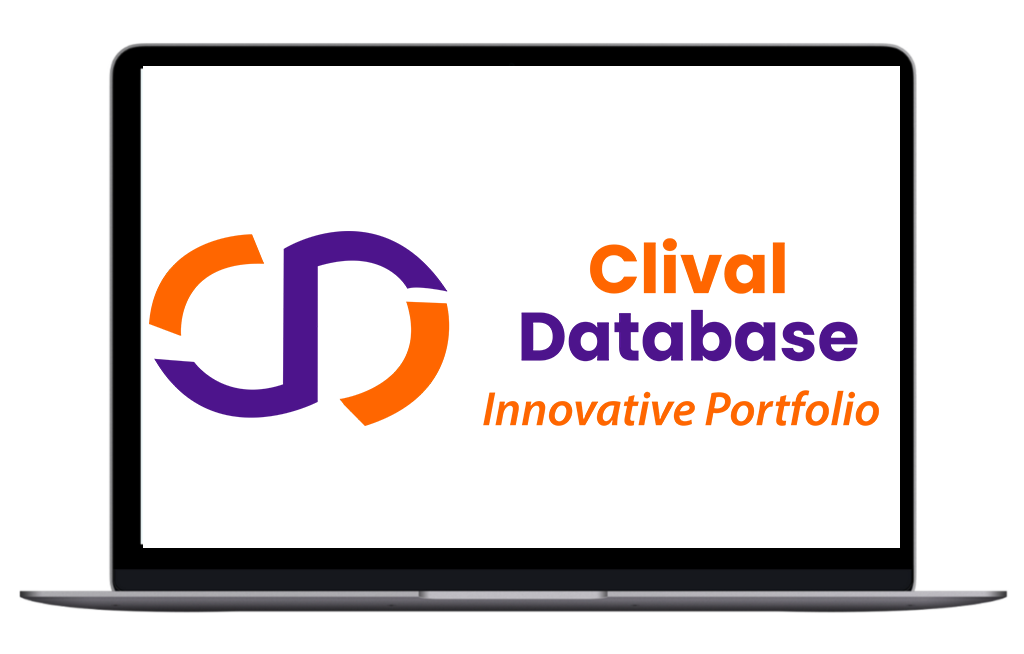
Optimize Your trial insights with Clival Database.
Are you exhausted from the uncertainty of trial insights pricing? Clival Database ensures the clarity in the midst of the global scenario for clinical trials to you.Clival Database is one of the best databases that offers an outstanding number of clinical trial data in terms of 50,000+ molecules and from primary regulatory markets as well as new entrants like Indian and Chinese markets.
With Clival, you get accurate positioning of historical sales data, patent database, company profiling, safety & efficacy, and prediction of launch of new innovative molecules helping you to align your research and driving down the cost.
To add value, we further break down our analytics for you so that improving your operational effectiveness; optimizing your clinical trials; and offering you accurate and high-quality data at lowest possible prices becomes possible.
Elevate your trial success rate with the cutting-edge insights from Clival database.
Check it out today and make more informed sourcing decisions! Learn More!

